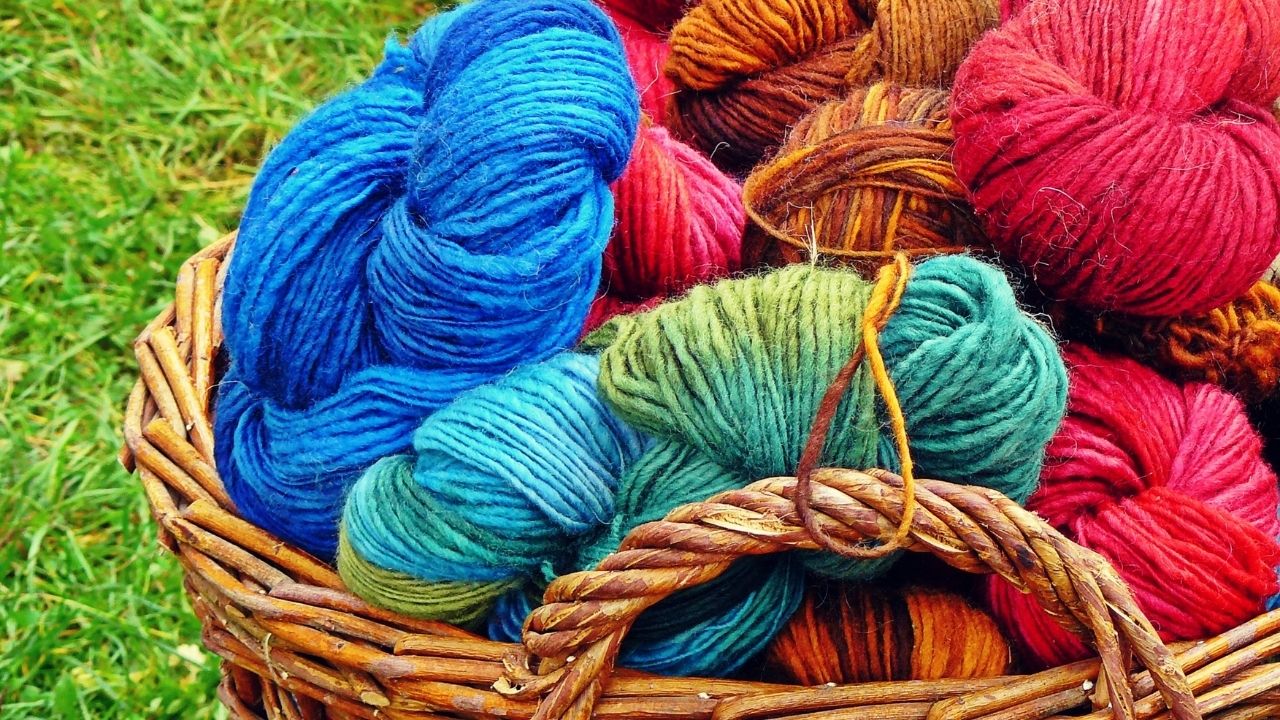Comfortable and warm clothes equate to wool fabric. The fabric is loved by people all over the globe, and why not? It is soft, cozy, and sustainable with its circularity features.
But, how sustainable is the wool material? How about its comparison with other fabrics like cotton and whether one can recycle wool or not? Well, don’t worry, as the article will answer all these questions in a compact and comprehensive way. Read on.
Is wool sustainable?
You may think that wool is derived from animals such as sheep, camels, and others so how on earth can someone call it sustainable? The doubt is worth an explanation.
Textile fibre and its sub-categories like mohair, cashmere, qiviut, and others are considered sustainable due to the following factors listed below for your reference:
Biodegradable
Wool is as biodegradable as it gets. As per IUPAC, in biodegradable fabric, the breakdown of the organic constituents takes place through a living organism such as fungi or bacteria.
Wool is specifically biodegradable because all you need to decompose is to bury it in the ground, and the bio-organisms will do the rest. This is one of the main reasons wool has a high circularity and doesn’t have massive negative repercussions on the environment. You can also recycle it.
Skin-friendly
Another fact that makes wool sustainable is that fiber has many alkaline salts, minerals, and fats before it is taken off from the animals, like a sheep’s skin follicles.
So, you are assured of having a protective layer on your skin in case of sun, wind, hail, or rain. Pollution will not be able to enter the microfibrils, and even the smallest of dust and sand will stick to the outer side of the fiber rather than enter the skin.
Thus the clothes-bearer is saved from any extra germs or skin infections.
Extremely durable
Wool is one of the most highly durable textile fabrics ever! It comes built-in with flame-resistant abilities and has a water-repellent property as well. You can consider it a high-performance clothing option for even the most challenging adventures and lifestyles.
Tough material
Apart from inherent properties, wool is a pretty tough material from the outside. It is world-renowned for its toughness and strength. If someone maintains wool material well, it can even last a lifetime.
Is extracting wool from animals harmful for them?
Many sheep qualities, such as the Australian sheep, are known to have an extreme amount of wool on their bodies. This excessive amount can lead the sheep to die from the heat in summers. The wool also becomes home for fly breeding, and their eggs can also lead to infections.
Overall, sheep also need this wool to be taken off in a cruelty-free manner, and thus, it becomes a mutually beneficial process.
Can one consider wool more sustainable than cotton?
Cotton and wool are both natural fibers, but their sustainability levels will vary based on the criteria in consideration. Both of them are biodegradable and thus, have very common benefits if taken into overall effects into consideration.
In terms of the negatives, they have their separate cons. Wool is known to cause more carbon emissions, whereas the process of producing cotton uses pesticides in large quantities and is very water-intensive.
Wrapping Up
That’s all on the sustainability of the wool fabric! Having said that, it is best to buy eco-friendly wool. If you are perplexed about where to buy the same, always check the certifications. These certifications on the wool will give you a clear answer on the sustainability value of the wool.

